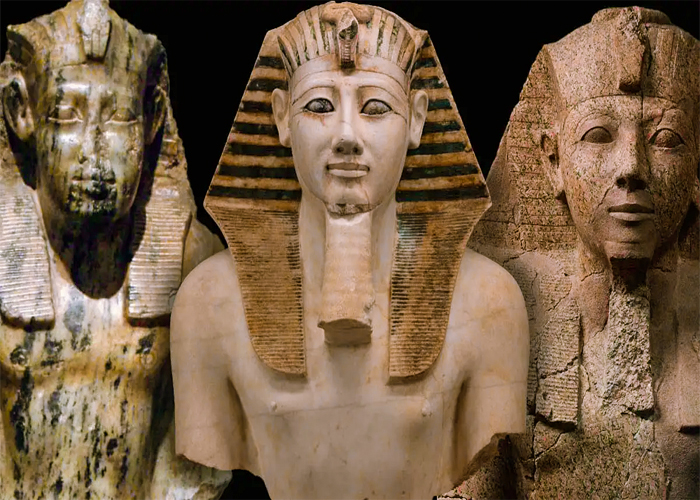Ancient Egyptian pharaohs were not merely rulers; they were considered divine beings, the living embodiments of gods on Earth. Their names were imbued with profound significance, reflecting their divine status, their role as sovereigns, and their connection to the cosmos. These names were not just arbitrary labels but held immense power and symbolism, serving as a conduit between the mortal and divine realms. Due to this profound importance, Ancient Egyptian pharaohs had five names, each with its own special meaning and significance.
The Five Great Egyptian Pharaoh Names That Every Ruler Had
The five names of an Egyptian pharaoh encompassed different aspects of their identity and authority. Bestowed upon the pharaoh upon ascension to the throne, these names were utilized in various contexts, ranging from religious rituals to official inscriptions. Each name carried specific meanings and conveyed the pharaoh’s divine lineage, sovereignty, and connection to the gods.
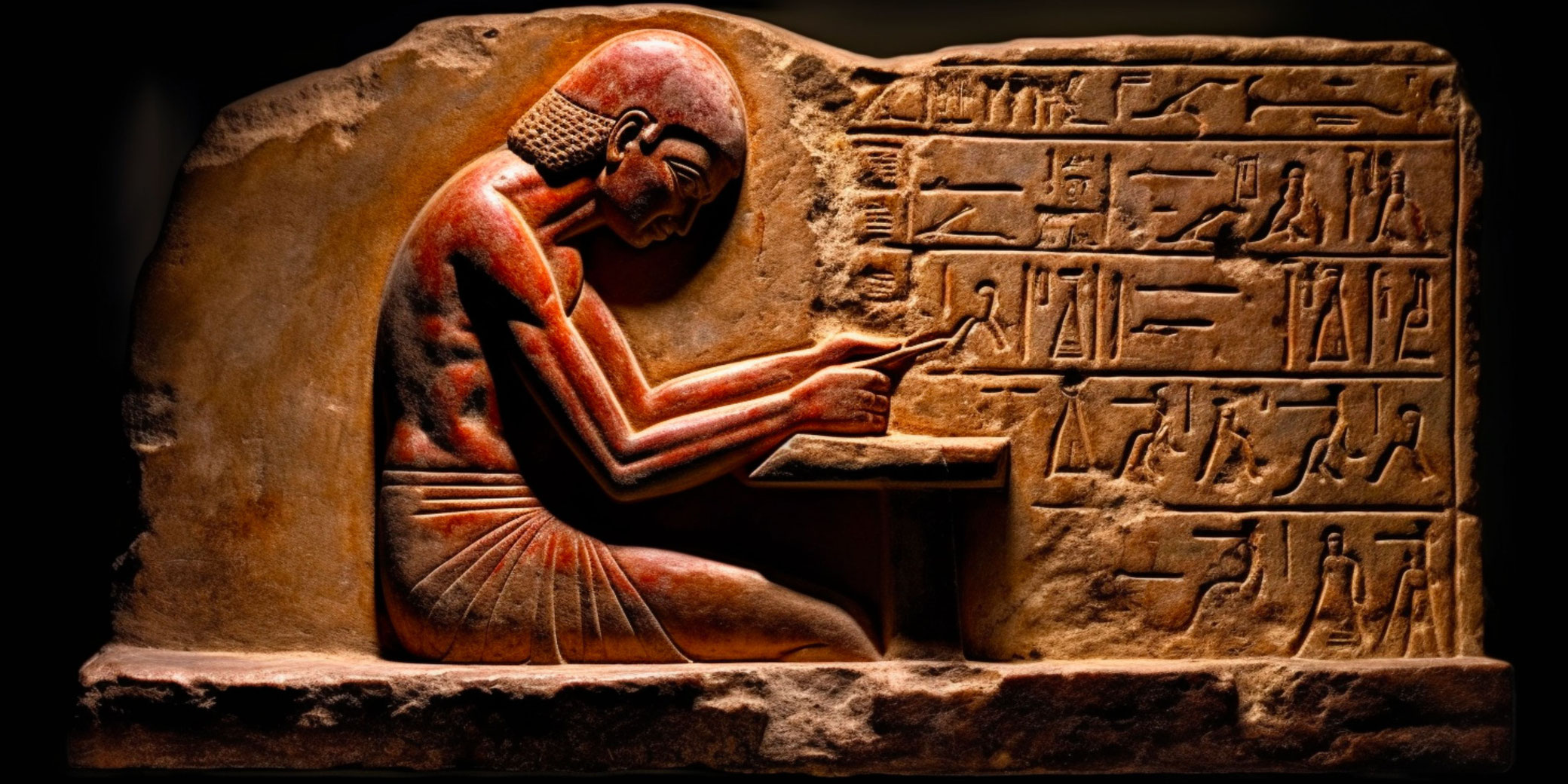
Horus Name
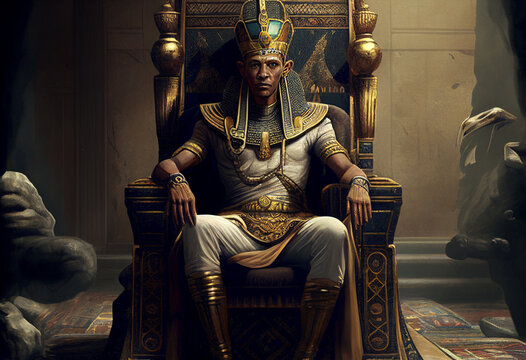
Nebty Name
Following the Horus name was the Nebty name, which emphasized the pharaoh’s association with the goddesses of Upper and Lower Egypt, symbolized by the vulture (Nekhbet) and the cobra (Wadjet), respectively. This name reinforced the pharaoh’s sovereignty over the unified kingdom of Egypt and underscored their role as a unifier of the land.
The Nebty name symbolized the pharaoh’s divine mandate to uphold harmony and balance within the kingdom. An example of a Nebty name is Nebkha, which was used by Pharaoh Djoser of the Third Dynasty.
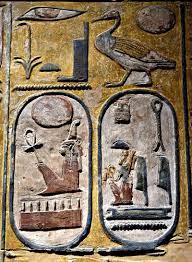
Horus of Gold – Divine Beings Ruling on Earth
Prenomen
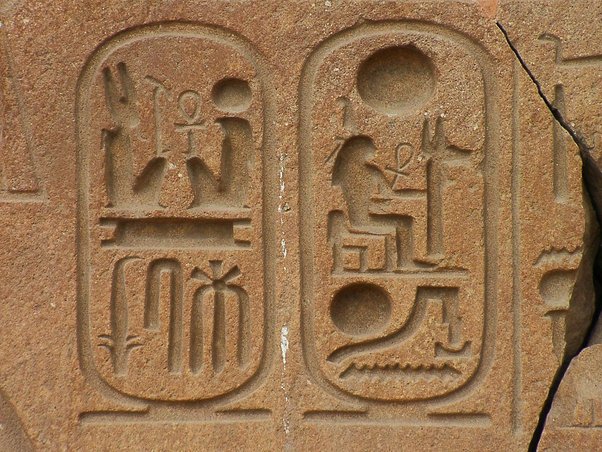
Next in the sequence was the Prenomen, also known as the “throne name,” which the pharaoh adopted upon ascending to the throne. This name was utilized in official inscriptions, royal decrees, and diplomatic correspondence.
The Prenomen often encapsulated the pharaoh’s aspirations, achievements, or religious devotion, serving as a proclamation of their reign’s defining characteristics. It was typically enclosed within a cartouche, an oval-shaped enclosure symbolizing eternity and protection. For example, Tutankhamun’s Prenomen was Nebkheperure, which translates to “The possessor of the manifestation of Re.”
Nomen
A Complex Set of Royal Titles and Praises
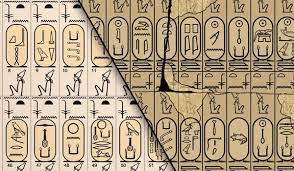
Horus name: Ka nakht tut mesut (Victorious bull, the (very) image of (re)birth)
Nebty name: Nefer hepu, segereh tawy (Perfect of laws, who has quieted down the Two Lands)
Golden Horus name: Wetjes khau, sehetep netjeru (Elevated of appearances, who has satisfied the gods)
Throne name: Neb-kheperu-re (The possessor of the manifestation of Re)
Nomen: Tut-ankh-imen, heqa iunu shemau (The living image of Amun, Ruler of Southern Heliopolis)
Each of these names and titles served to reinforce Tutankhamun’s divine lineage, sovereignty, and connection to the gods, thus solidifying his position as a legitimate ruler in the eyes of ancient Egyptians.
Indeed, the five names of an ancient Egyptian pharaoh constituted a complex system of titles and epithets that conveyed the ruler’s divine status, royal lineage, and earthly authority. Each name served a distinct purpose, whether it was invoking the pharaoh’s connection to the gods, affirming their sovereignty over Egypt, or proclaiming their royal lineage and achievements. Together, these names reflected identity and power, reinforcing the pharaoh’s position as the divine intermediary between gods and mortals. This intricate system of nomenclature not only elevated the pharaoh’s status but also underscored the profound religious and political beliefs of ancient Egyptian society.
